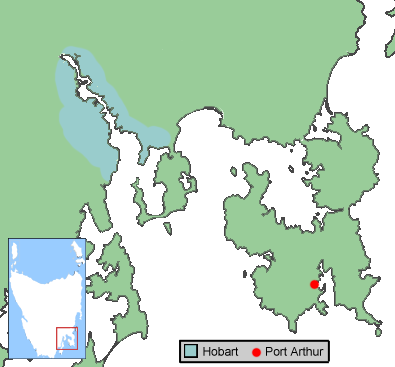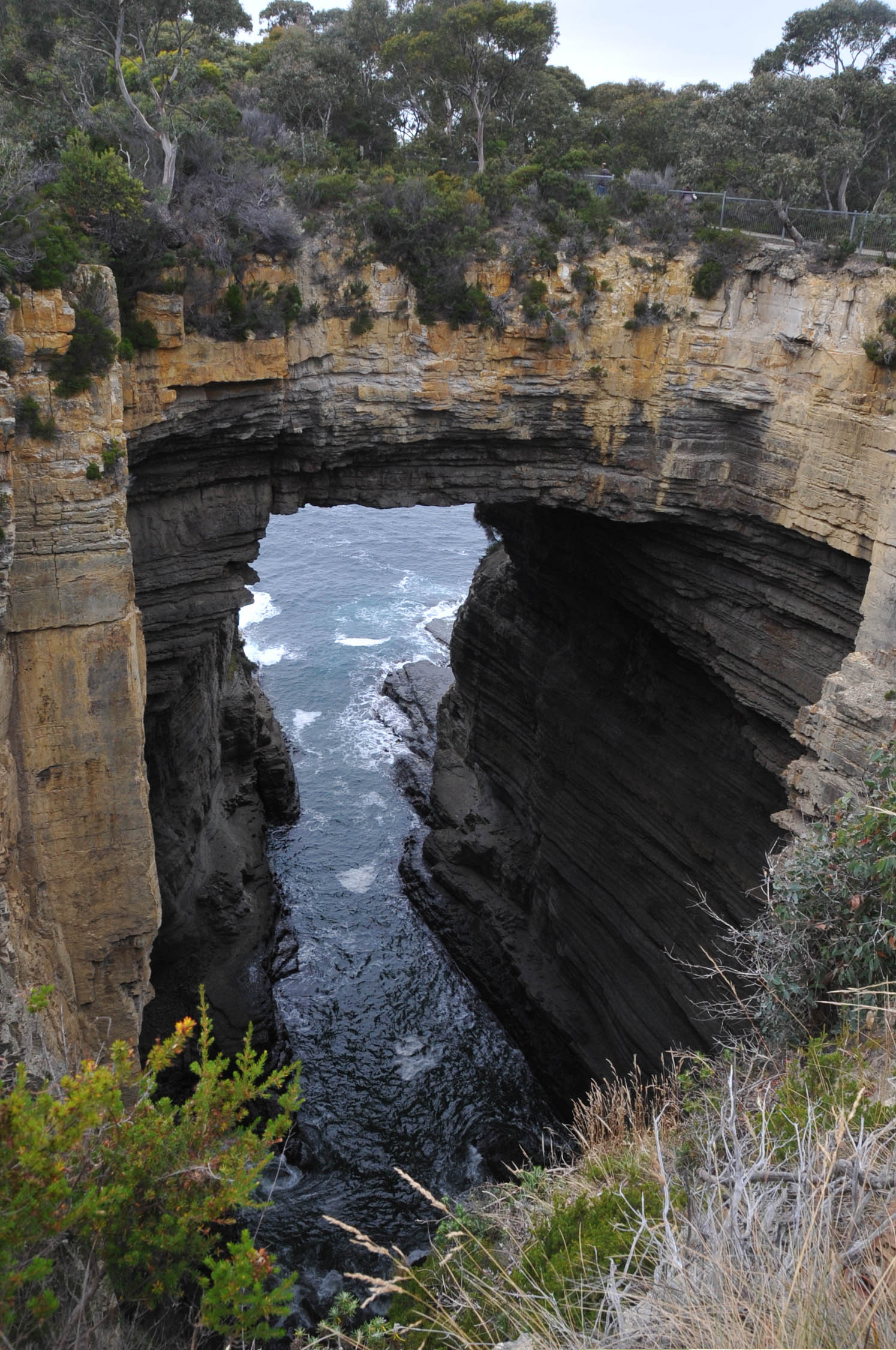|
Epacris Marginata
''Epacris marginata'' is a species of flowering plant in the heath family Ericaceae and is endemic to Tasmania. It is an erect shrub with overlapping, bluish, sharply-pointed, egg-shaped to lance-shaped leaves with transparent edges, and white, tube-shaped flowers, the petals with lobes long and wide. ''Epacris marginata'' was first formally described in 1952 by Ronald Melville in the '' Kew Bulletin'' from specimens collected by Janet Somerville on the "slopes of Brown Mountain, Tasman Peninsula" in 1946. This epacris is restricted to the Tasman Peninsula in Tasmania. References marginata Ericales of Australia Flora of Tasmania Plants described in 1952 {{Australia-eudicot-stub ... [...More Info...] [...Related Items...] OR: [Wikipedia] [Google] [Baidu] |
Port Arthur, Tasmania
Port Arthur is a town and former convict settlement on the Tasman Peninsula, in Tasmania, Australia. It is located approximately southeast of the state capital, Hobart. The site forms part of the Australian Convict Sites, a World Heritage property consisting of 11 remnant penal sites originally built within the British Empire during the 18th and 19th centuries on fertile Australian coastal strips. Collectively, these sites, including Port Arthur, are described by UNESCO as "... the best surviving examples of large-scale convict transportation and the colonial expansion of European powers through the presence and labour of convicts." In 1996, the town was the scene of the Port Arthur Massacre, the worst instance of mass murder in post-colonial Australian history. Location Port Arthur is located about southeast of the state capital, Hobart, on the Tasman Peninsula. The scenic drive from Hobart, via the Tasman Highway to Sorell and the Arthur Highway to Port Arthur, takes a ... [...More Info...] [...Related Items...] OR: [Wikipedia] [Google] [Baidu] |
Ronald Melville (botanist)
Ronald Melville (12 March 1903 – 6 August 1985) He was an English botanist, based at the Royal Botanic Gardens Kew. He is chiefly remembered for his wartime research into rosehips as a source of vitamin C, prompted by the epidemic of scurvy amongst children owing to the reduced importation of fresh fruit. His research concluded that hips from the common Dog Rose ''Rosa canina'' held the highest concentration of the vitamin. In later years, he challenged the two-species taxonomy of the British elms proposed by Richens,Richens, R. H. (1984) ''Elm'', Cambridge University Press. identifying five distinct species, several varieties and numerous complex hybrids.Melville, R. (1978). On the discrimination of species in hybrid swarms with special reference to ''Ulmus'' and the nomenclature of ''U. minor'' (Mill.) and ''U. carpinifolia'' (Gled.). ''Taxon'' 27: 345-351, 1978. Melville assembled a large collection of elm species, varieties and hybrids which are still growing at Royal Bot ... [...More Info...] [...Related Items...] OR: [Wikipedia] [Google] [Baidu] |
Family (biology)
Family ( la, familia, plural ') is one of the eight major hierarchical taxonomic ranks in Linnaean taxonomy. It is classified between order and genus. A family may be divided into subfamilies, which are intermediate ranks between the ranks of family and genus. The official family names are Latin in origin; however, popular names are often used: for example, walnut trees and hickory trees belong to the family Juglandaceae, but that family is commonly referred to as the "walnut family". What belongs to a family—or if a described family should be recognized at all—are proposed and determined by practicing taxonomists. There are no hard rules for describing or recognizing a family, but in plants, they can be characterized on the basis of both vegetative and reproductive features of plant species. Taxonomists often take different positions about descriptions, and there may be no broad consensus across the scientific community for some time. The publishing of new data and opini ... [...More Info...] [...Related Items...] OR: [Wikipedia] [Google] [Baidu] |
Ericaceae
The Ericaceae are a family of flowering plants, commonly known as the heath or heather family, found most commonly in acidic and infertile growing conditions. The family is large, with c.4250 known species spread across 124 genera, making it the 14th most species-rich family of flowering plants. The many well known and economically important members of the Ericaceae include the cranberry, blueberry, huckleberry, rhododendron (including azaleas), and various common heaths and heathers (''Erica'', ''Cassiope'', ''Daboecia'', and ''Calluna'' for example). Description The Ericaceae contain a morphologically diverse range of taxa, including herbs, dwarf shrubs, shrubs, and trees. Their leaves are usually evergreen, alternate or whorled, simple and without stipules. Their flowers are hermaphrodite and show considerable variability. The petals are often fused (sympetalous) with shapes ranging from narrowly tubular to funnelform or widely urn-shaped. The corollas are usually ra ... [...More Info...] [...Related Items...] OR: [Wikipedia] [Google] [Baidu] |
Endemism
Endemism is the state of a species being found in a single defined geographic location, such as an island, state, nation, country or other defined zone; organisms that are indigenous to a place are not endemic to it if they are also found elsewhere. For example, the Cape sugarbird is found exclusively in southwestern South Africa and is therefore said to be ''endemic'' to that particular part of the world. An endemic species can be also be referred to as an ''endemism'' or in scientific literature as an ''endemite''. For example '' Cytisus aeolicus'' is an endemite of the Italian flora. '' Adzharia renschi'' was once believed to be an endemite of the Caucasus, but it was later discovered to be a non-indigenous species from South America belonging to a different genus. The extreme opposite of an endemic species is one with a cosmopolitan distribution, having a global or widespread range. A rare alternative term for a species that is endemic is "precinctive", which applies to ... [...More Info...] [...Related Items...] OR: [Wikipedia] [Google] [Baidu] |
Kew Bulletin
The ''Kew Bulletin'' is a quarterly peer-reviewed scientific journal on plant and fungal taxonomy and conservation published by Springer Science+Business Media on behalf of the Royal Botanic Gardens, Kew. Articles on palynology, cytology, anatomy, phytogeography, and phytochemistry that relate to taxonomy are also included. The journal was established in 1887 as the ''Kew Bulletin of Miscellaneous Information'' by William Turner Thiselton-Dyer, then director of the Royal Botanic Gardens, Kew. It sought to facilitate communication between botanists at Kew and distant parts of the British Empire The British Empire was composed of the dominions, colonies, protectorates, mandates, and other territories ruled or administered by the United Kingdom and its predecessor states. It began with the overseas possessions and trading posts esta ..., and prioritised study of information of economic importance. Abstracting and indexing The journal is abstracted and indexed in: Refer ... [...More Info...] [...Related Items...] OR: [Wikipedia] [Google] [Baidu] |
Tasman Peninsula
The Tasman Peninsula, officially Turrakana / Tasman Peninsula, is a peninsula located in south-east Tasmania, Australia, approximately by the Arthur Highway, south-east of Hobart. The Tasman Peninsula lies south and west of Forestier Peninsula, to which it connects via an isthmus called Eaglehawk Neck. This in turn is joined to the rest of Tasmania by an isthmus called East Bay Neck, near the town of Dunalley, approximately by road from Hobart. The peninsula is surrounded by water; to the north by Norfolk Bay, to the northwest by Frederick Henry Bay, to the west and south by Storm Bay, and to the east by the Tasman Sea. Description Many smaller towns are also located on the Tasman Peninsula the largest of which are Nubeena and Koonya. Smaller centres include Premaydena, Highcroft and Stormlea. The Conservation Park, located on the main highway at Taranna, is a popular local visitor attraction along with the World Heritage Port Arthur Historic Site and a number of beaches. ... [...More Info...] [...Related Items...] OR: [Wikipedia] [Google] [Baidu] |
Epacris
''Epacris'' is a genus of about forty species of flowering plants in the family Ericaceae. It was formerly treated in a closely related but separate family Epacridaceae, but the various genera within Epacridaceae including ''Epacris'' have been revised in their relationships to each other and brought under the common umbrella of the Ericaceae. The genus ''Epacris'' is native to eastern and southeastern Australia (southeast Queensland south to Tasmania and west to southeast South Australia), New Caledonia and New Zealand. The species are known as heaths or Australian heaths. Description Plants in the genus ''Epacris'' are shrubs with simple leaves that are a similar colour on both surfaces and with flowers arranged singly in leaf axils near the ends of the branches, sometimes extending along the branches. Each flower is surrounded by many bracts and five, usually glabrous sepals. The petals are joined to produce a cylindrical or bell-like tube with five lobes on the end. The ... [...More Info...] [...Related Items...] OR: [Wikipedia] [Google] [Baidu] |
Ericales Of Australia
The Ericales are a large and diverse order of dicotyledons. Species in this order have considerable commercial importance including for tea, persimmon, blueberry, kiwifruit, Brazil nuts, argan, and azalea. The order includes trees, bushes, lianas, and herbaceous plants. Together with ordinary autophytic plants, the Ericales include chlorophyll-deficient mycoheterotrophic plants (e.g., '' Sarcodes sanguinea'') and carnivorous plants (e.g., genus ''Sarracenia''). Many species have five petals, often grown together. Fusion of the petals as a trait was traditionally used to place the order in the subclass Sympetalae. Mycorrhizal associations are quite common among the order representatives, and three kinds of mycorrhiza are found exclusively among Ericales (namely, ericoid, arbutoid and monotropoid mycorrhiza). In addition, some families among the order are notable for their exceptional ability to accumulate aluminum. Ericales are a cosmopolitan order. Areas of distribution of fa ... [...More Info...] [...Related Items...] OR: [Wikipedia] [Google] [Baidu] |
Flora Of Tasmania
Flora is all the plant life present in a particular region or time, generally the naturally occurring (indigenous) native plants. Sometimes bacteria and fungi are also referred to as flora, as in the terms '' gut flora'' or '' skin flora''. Etymology The word "flora" comes from the Latin name of Flora, the goddess of plants, flowers, and fertility in Roman mythology. The technical term "flora" is then derived from a metonymy of this goddess at the end of the sixteenth century. It was first used in poetry to denote the natural vegetation of an area, but soon also assumed the meaning of a work cataloguing such vegetation. Moreover, "Flora" was used to refer to the flowers of an artificial garden in the seventeenth century. The distinction between vegetation (the general appearance of a community) and flora (the taxonomic composition of a community) was first made by Jules Thurmann (1849). Prior to this, the two terms were used indiscriminately.Thurmann, J. (1849). ''Essai de ... [...More Info...] [...Related Items...] OR: [Wikipedia] [Google] [Baidu] |

.jpg)


